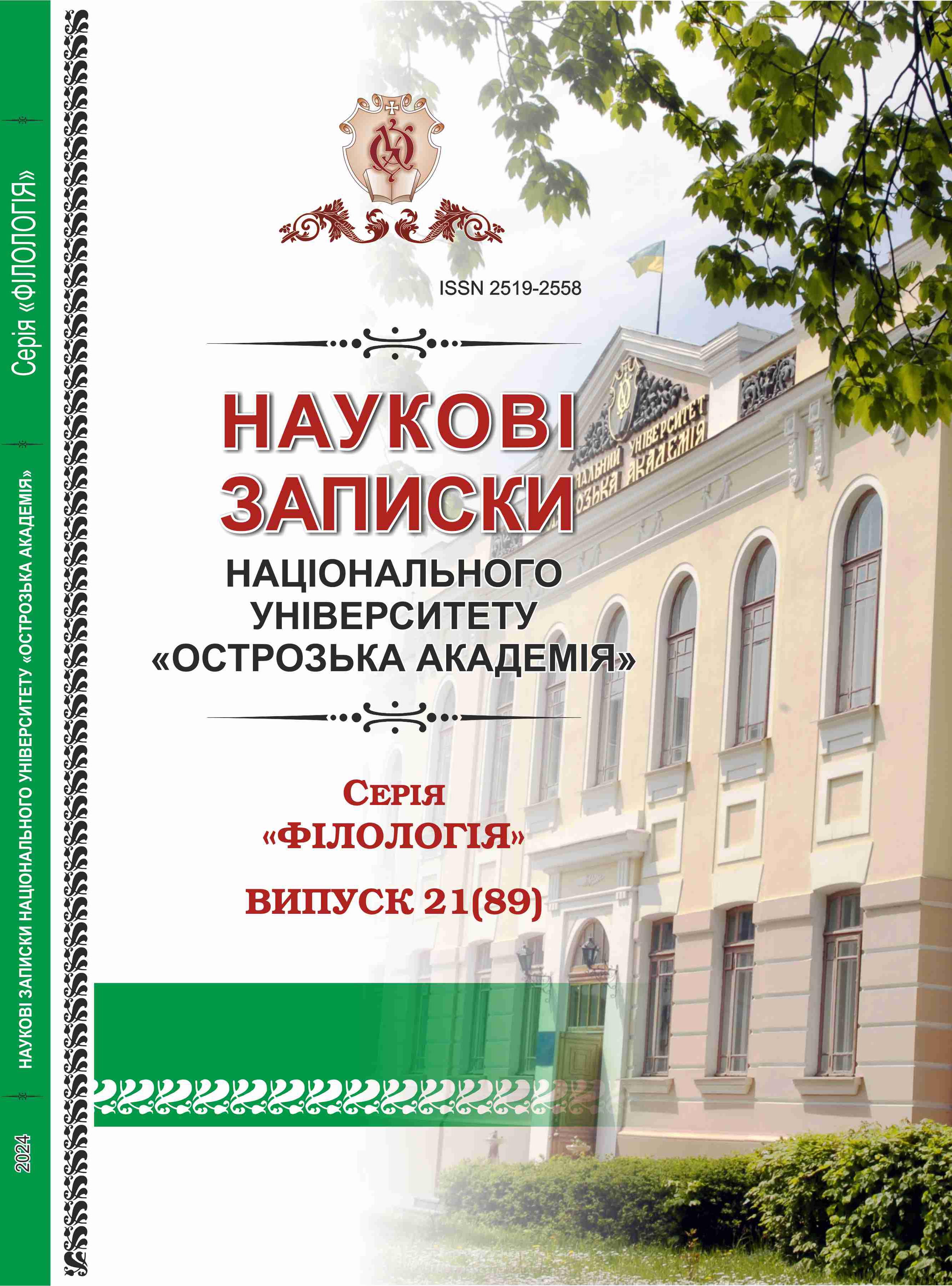ОСОБЛИВОСТІ КОНТРАСТИВНОЇ РЕДУПЛІКАЦІЇ В СУЧАСНІЙ АНГЛІЙСЬКІЙ МОВІ
Ключові слова:
редуплікація, контраст, прототип, категорія, субкатегорія, розмовна англійська моваАнотація
У статті розглянуто відносно нове й малодосліджене явище контрастивної редуплікації (КР), його суть і характерні риси, а також специфіку його використання в мові з урахуванням соціолінгвістичних та соціокультурних аспектів. Автор чітко розмежовує поняття “чистої” редуплікації і контрастивної редуплікації, оскільки саме остання відсилає до так званої “дефолтної” категорії, до якої належить певний об’єкт. На письмі контрастивна редуплікація представлена одним словом, редуплікованими елементами через дефіс, написана великими літерами, маленькими літерами курсивом, взята в лапки чи використовується комбінація декількох із перелічених графічних засобів. Структурно контрастивна редуплікація охоплює іменники, дієслова, прикметники, прислівники, прийменники, займенники, а також лексикалізовані словосполучення чи цілі фрази.
Встановлено, що прототипне уявлення про об’єкти, які згадуються у цих конструкціях, може відрізнятися в різних культурах, межуючи зі стереотипним уявленням про ці об’єкти. З’ясувати чітку відмінність між прототипом та стереотипом іноді не можливо. Контрастивна редуплікація поступово виходить зі сфери вживання виключно в розмовній мові і зараз все більше застосовується на письмі. У перспективі видається цікавим з’ясувати соціокультурні та структурні відмінності досліджуваного явища в англійській та українській мовах, визначити його прагматичний потенціал в обох мовах.

